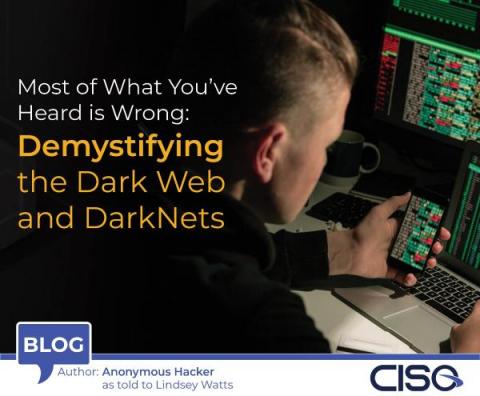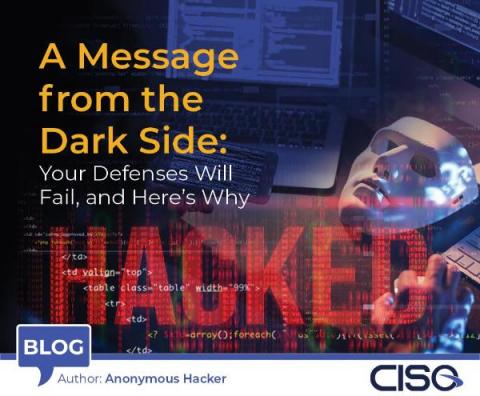Security | Threat Detection | Cyberattacks | DevSecOps | Compliance
CISO Global
Why You Should Consider Enhanced Email Solutions
CISO Global Bolsters Its Security Management Platform Argo To Improve Real-Time Security Decision Making for Enterprises
Most of What You've Heard Is Wrong: Demystifying the Dark Web
In geopolitical – or even gang warfare, there are usually pretty clear sides. You have two opposing groups and their allies, a dispute, and skirmishes or battles. It’s Team A versus Team B. When it comes to cyber warfare, though, people don’t really have a “face” or specific group to associate with malicious activity. How can you defend against an enemy you don’t understand? Who are these people? What do they want? Why would they come after you?
Why You Should Consider Enhanced Email Solutions as Part of Your Security Stack
It’s late Friday evening and Tom (your average everyday employee) has worked diligently to meet project deadlines and follow up with customers before his much-anticipated weeklong vacation. Exhausted from burning the midnight oil and juggling multiple tasks, he’s eager to wrap up his work and enjoy a well-deserved break. As Tom completes his last remaining task, he is greeted with one final email before signing off for the week.
Bypassing Endpoint Security
CISO Global Acquires Veteran-Owned SB Cyber Technologies
A Message From the Dark Side: Your Defenses Will Fail, and Here's Why
I hear a lot of people compare securing their IT networks to how they would secure a house. But when most people turn the lock on their front door at night, they feel safe enough to go to bed and sleep peacefully.
By the Numbers: Cloud Security Stats Are In, and They're Not Pretty
With digital transformation having taken a front seat over the past 3 years due to a global shift in how people do business, cloud reliance and breaches have skyrocketed. According to G2, half of all organizations are currently cloud native or cloud enabled. It’s not just a matter of accomplishing work, either – it’s storage for vital digital assets.
Introducing the Argo Security Management Platform
At CISO Global, we’ve been using a platform with clients for several years to help them manage their security programs. So, maybe “introducing” isn’t really the right word. Built out of our own need for something we couldn’t find on the market, Argo Security Management helps security program managers do what they do every day, only better and faster.









